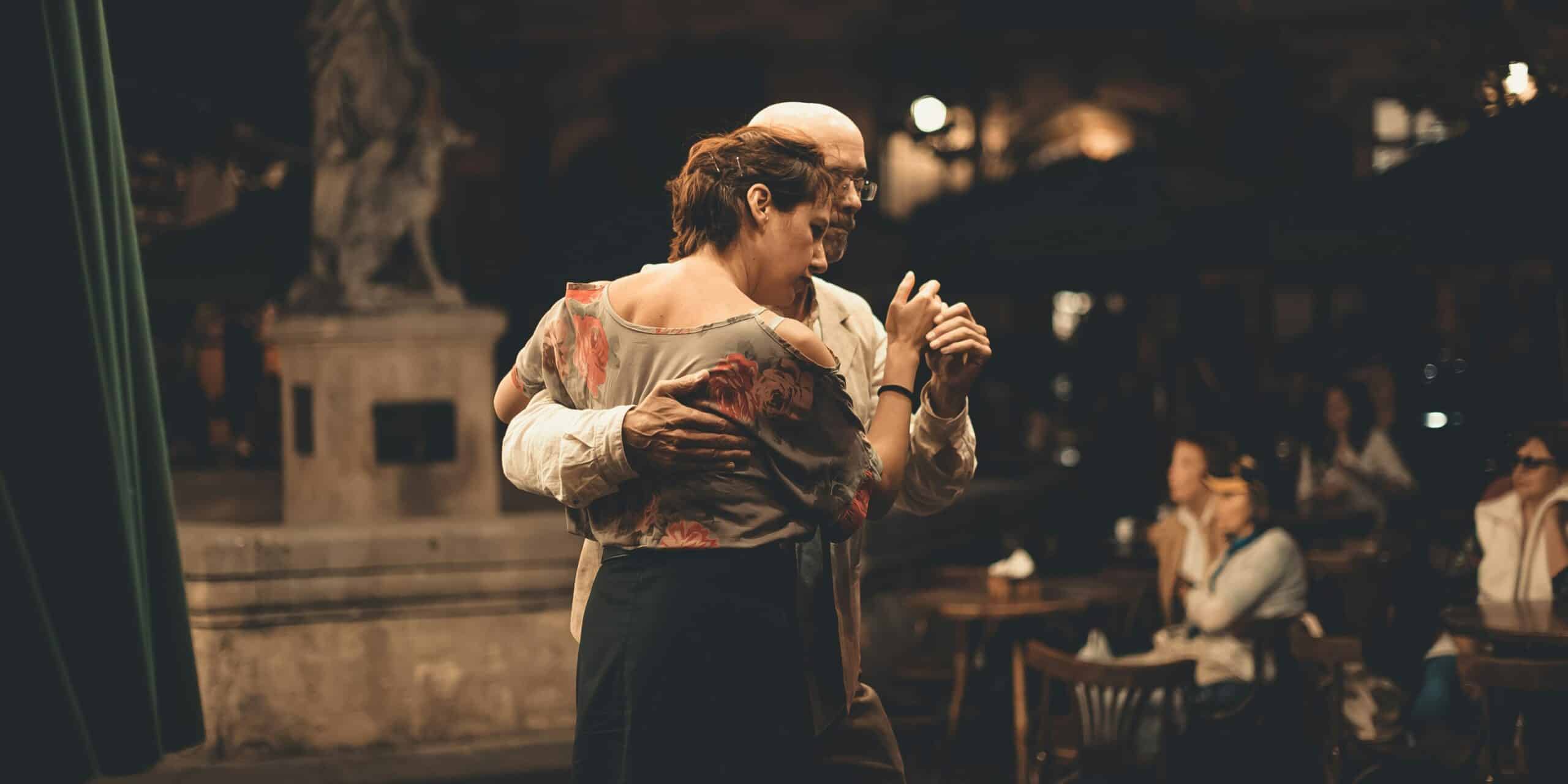What was Miami Beach like before its transformation?
Before the glitz and glamour, Miami Beach was nothing but a swampy stretch of land covered in mangroves. In the late 1800s, the barrier island was largely untouched by humans, with only the local Native American tribes—the Tequesta—occasionally passing through the area for fishing. The land was considered inhospitable and unsuitable for development. For most people, it was an isolated, mosquito-infested swampland.
However, this all began to change in the late 19th and early 20th centuries. Miami, just across Biscayne Bay, was slowly growing into a small town, thanks in large part to the arrival of the railroad and the efforts of visionaries like Julia Tuttle and Henry Flagler. As Miami started to gain traction, some began to see the potential of Miami Beach as well. It was John Collins, a New Jersey farmer, who first saw the opportunity in Miami Beach and set out to make something of the land.
In 1913, Collins, along with Carl Fisher, one of the key figures in transforming Miami Beach, began working on dredging and filling in the land, turning the swamp into solid ground. Collins built the first bridge connecting Miami Beach to the mainland, making it easier for people to visit and develop the area. Fisher, known for his promotional flair, had a grand vision to create a luxury destination, and together with other investors, he began building roads, homes, and hotels.
How did Miami Beach become a tourist destination?
By the 1920s, the hard work of Collins, Fisher, and others began to pay off. The area was being transformed into an upscale resort town, attracting wealthy visitors from the northern United States. Developers built lavish hotels along the oceanfront, and the first luxury properties, like the Flamingo Hotel, became the epitome of Miami Beach glamour. The city’s subtropical climate, combined with its newly constructed hotels and attractions, drew affluent tourists looking to escape harsh northern winters.
One of the key factors in Miami Beach’s rise as a tourist destination was the development of its beaches. What was once a rocky, mangrove-covered shore was transformed into wide, sandy beaches that became the focal point of Miami Beach’s appeal. The city’s developers promoted Miami Beach as a playground for the rich, complete with casinos, nightclubs, and luxury shopping.
As the 1930s rolled around, Miami Beach experienced another wave of transformation. This era saw the rise of the Art Deco architectural style, which would become synonymous with the city. Today, the famous Art Deco Historic District stands as one of the largest collections of Art Deco buildings in the world, adding to Miami Beach’s unique character and appeal. The colorful, geometric buildings became a symbol of the city’s modernity and glamour, helping to attract more tourists.
Miami Beach continued to grow in the following decades, becoming a cultural hub during World War II when soldiers stationed in the area became familiar with its beauty. After the war, many returned, bringing their families and contributing to the area’s post-war population boom.
What role did pop culture play in shaping Miami Beach?
Miami Beach’s rise to fame in the late 20th century was significantly influenced by pop culture. By the 1960s and 70s, Miami Beach had become a favorite spot for celebrities, attracting stars like Frank Sinatra, Jackie Gleason, and even Muhammad Ali. The area’s hotels became a hotspot for performances and live TV shows, giving Miami Beach exposure to a national audience.
One of the most iconic periods for Miami Beach came in the 1980s, thanks to the hit TV show Miami Vice. The show, with its depiction of Miami’s glamorous yet dangerous lifestyle, showcased the city’s skyline, beaches, and Art Deco buildings to the world. It was during this time that Miami Beach solidified its image as a playground for the rich and famous, full of exotic nightlife and stunning scenery.
In recent years, Miami Beach has continued to evolve, attracting not only tourists but also international events like Art Basel Miami Beach, which draws art lovers and celebrities from all over the globe. The city remains a major hub for fashion, culture, and entertainment, building on its historical roots while embracing the future.
From its beginnings as an untamed swampland, Miami Beach has gone through a remarkable transformation. Visionary developers like John Collins and Carl Fisher saw the potential in this coastal land, turning it into a luxury destination that attracted visitors from around the world. With the help of iconic architecture, pop culture moments, and natural beauty, Miami Beach evolved into the vibrant tourist paradise it is today.
Whether it’s the pristine beaches, the colorful Art Deco buildings, or the city’s energetic nightlife, Miami Beach continues to draw millions of visitors each year. Its history of transformation shows the power of vision and perseverance, turning what was once considered an uninhabitable swamp into one of the most famous beach cities in the world.










